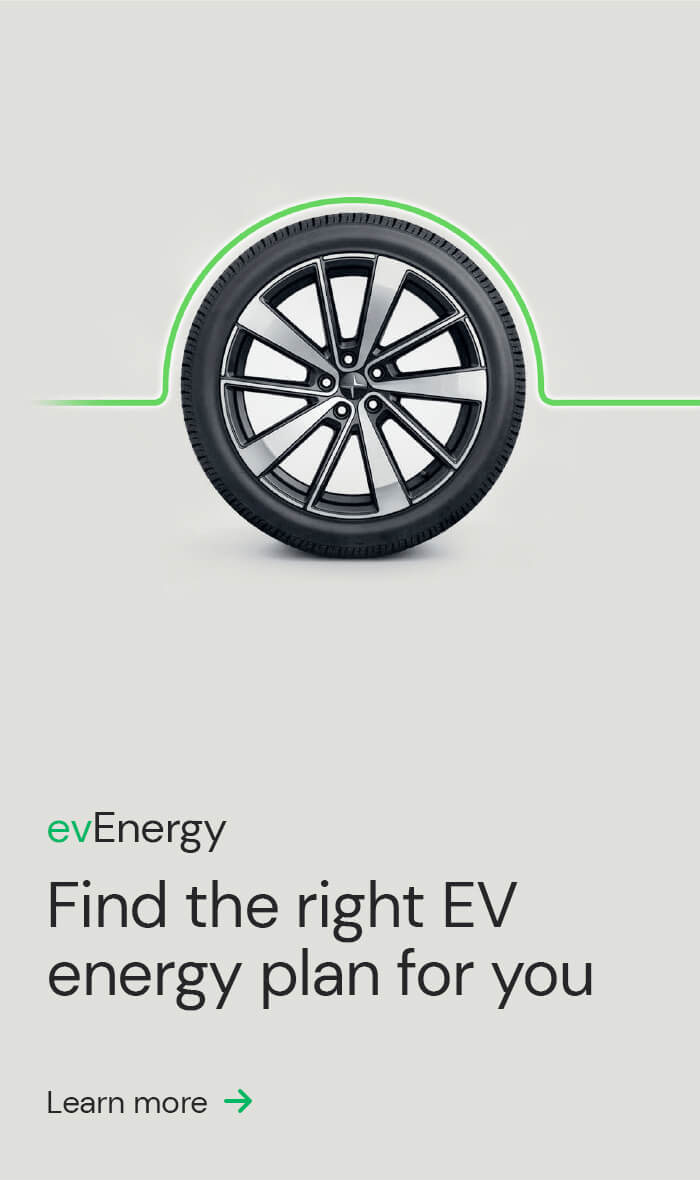As any EV owner knows, they’re an eco-friendly and energy-efficient drive. Yet, there’s more you can do to maximise your EV’s efficiency and range through the power of regenerative braking. An EV’s regenerative braking system allows your electric vehicle to recover energy during the braking process and store it for later use.
How does regenerative braking work? Discover the technicalities of this ultra-efficient mechanism as we show you how to add kilometres of range to your journey.
What is regenerative braking?
An electric vehicle’s regenerative braking essentially captures and converts kinetic energy back into electrical energy during deceleration or braking. According to Yale research, it can feed as much as 22% back into the system.
The electric motor that drives the wheels can also operate as a generator. When you release the accelerator pedal or apply the brakes, the EV’s control system detects the change in driver input. In response to the change in input, the electric motor switches from its role as a propulsion motor to that of a generator, which captures and converts energy.
The outcome? As the vehicle slows down, the wheels continue to turn, however, instead of driving the vehicle forward, they drive the electric motor that is now in generator mode. The rotation of the wheels turns the generator, converting the kinetic energy of the moving vehicle into pure electrical energy to power your EV.
How to use regenerative braking optimally to extend your EV range
By following best braking practices, you can maximise the power of your EV’s regenerative braking system. Where possible, plan routes ahead, considering both the route and traffic conditions to anticipate regenerative braking opportunities.
Abrupt acceleration and last-minute braking will waste energy. When approaching a stop sign, traffic light or a slowdown, ease off the accelerator pedal early to allow regenerative braking to capture as much energy as possible. Smooth driving and gradual deceleration are key to optimal regen usage.
Some EVs provide real-time displays showing the energy flow between your car battery, electric motor and regenerative braking system. Use these displays to learn how regen impacts your driving and adjust your habits accordingly.
What are the other benefits of regenerative braking?
Traditional brake pads that rely on friction generate heat when slowing down. Conversely, regenerative brake pads and rotors experience less heat or wear and tear, leading to longer-lasting brake components and lower maintenance costs over the life of your EV.
Let’s not forget that since regenerative braking recovers energy that can be used for propulsion, it helps reduce the overall energy consumption of your EV, translating into lower electricity costs over time, especially when combined with off-peak charging rates.
Finally, you’ll have a smoother and enjoyable driving experience with regenerative braking. The deceleration process is more gradual than with ICE cars, meaning no jerky stop-starts in busy traffic.
Summary
- Regenerative braking in an electric vehicle works by converting kinetic energy into electrical energy during deceleration, storing it in the vehicle’s battery for later use, increasing energy efficiency and extending the driving range.
- Regenerative braking can feed as much as 22% back into the system.
- To maximise regenerative braking capabilities, accelerate carefully and decelerate early.
- Other benefits of regenerative braking include less wear and tear to brake components, lower energy costs to charge your EV and a smoother driving experience.
Are you considering making the switch to an electric vehicle? ActewAGL can help you effortlessly find, finance and charge your EV. Discover how ActewAGL can support your transition to sustainable driving today. Find out more here.
Sources
https://driving.ca/column/how-it-works/how-it-works-regenerative-braking
https://www.drive.com.au/caradvice/what-impacts-your-electric-vehicle-range/



